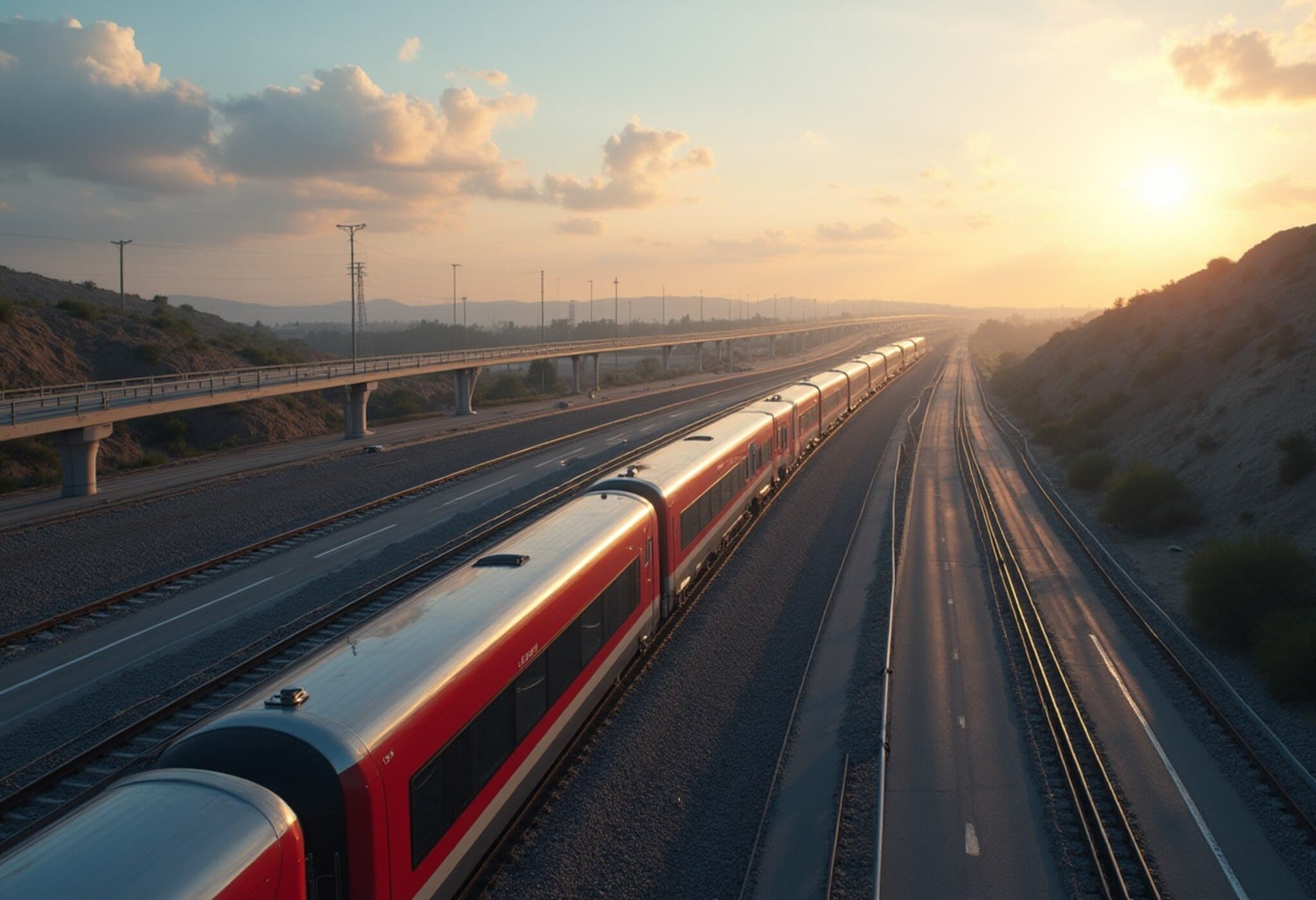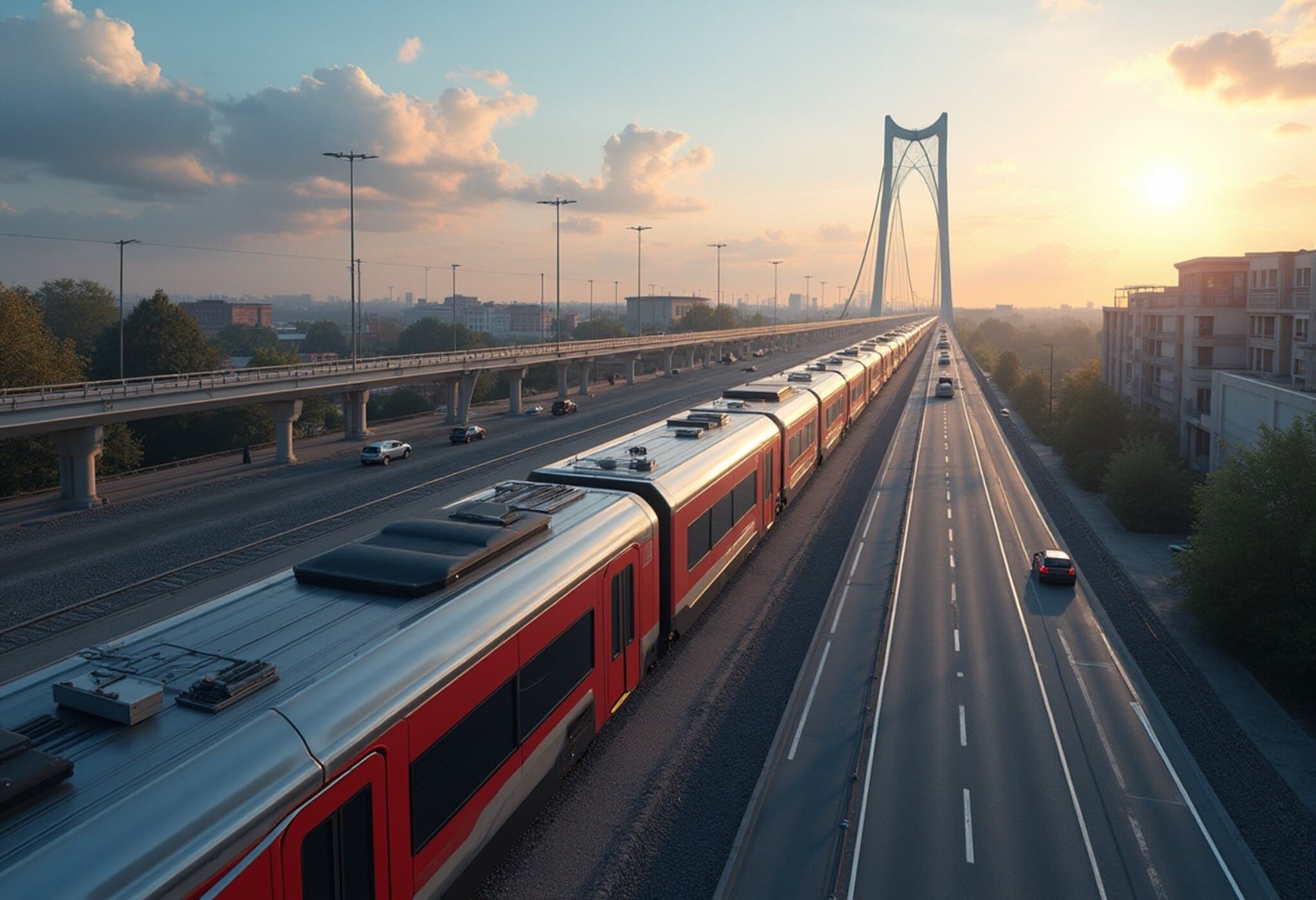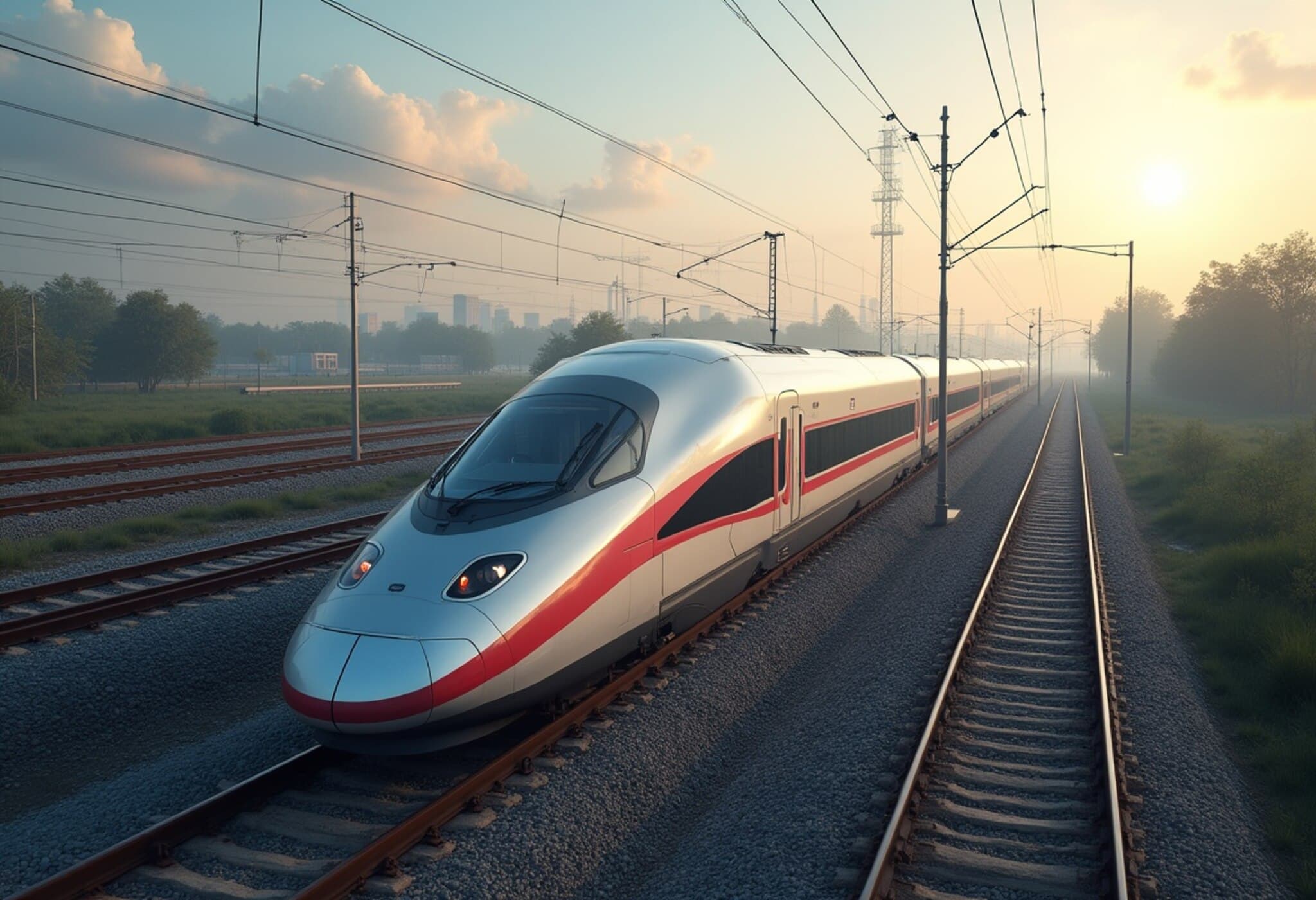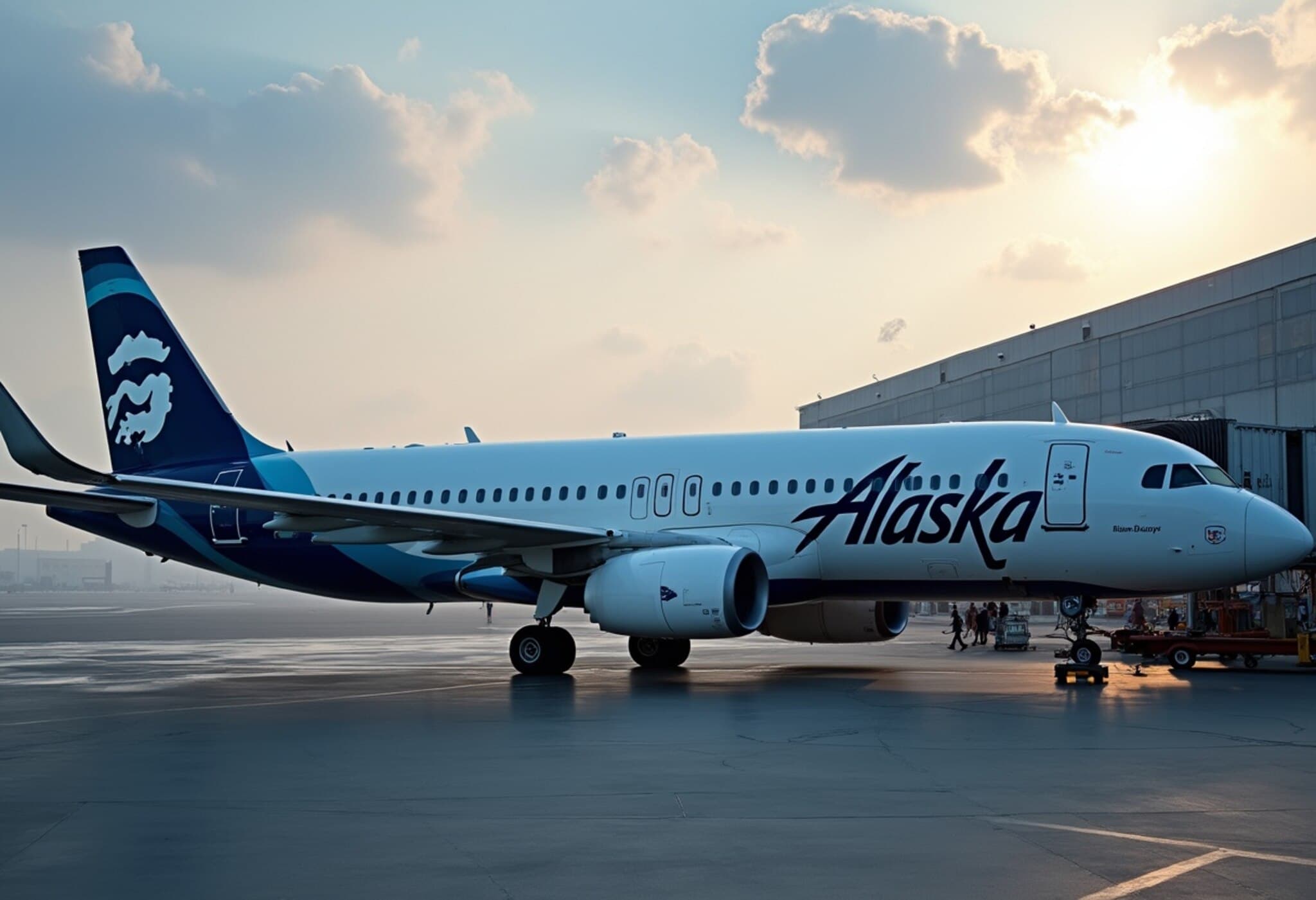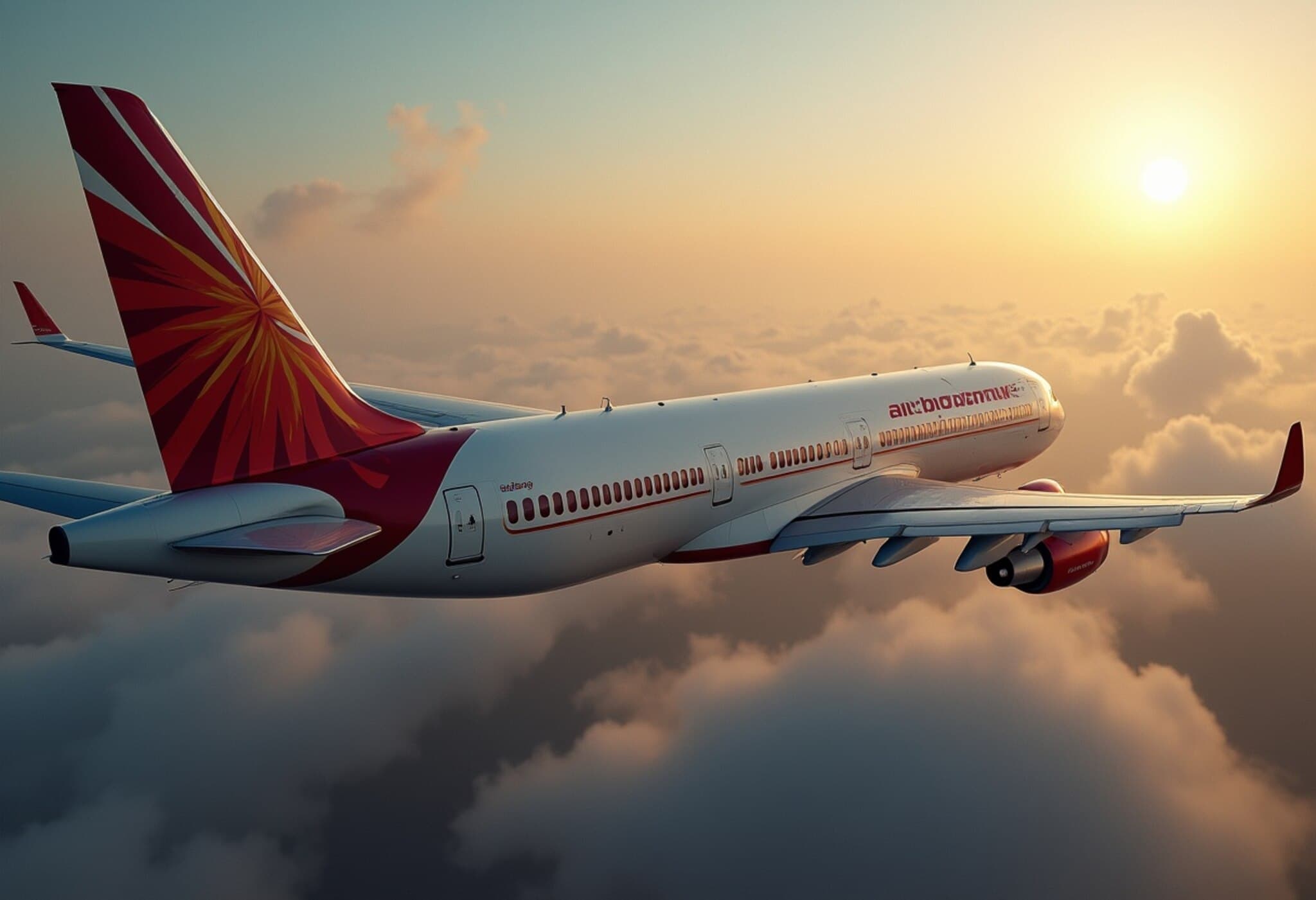India is on the verge of launching its first bullet train service, which aims to link Mumbai and Ahmedabad. This ambitious project is expected to see its inaugural operations in Gujarat by 2028, with complete connectivity to Mumbai anticipated by 2030. The new high-speed rail service is expected to significantly reduce travel time from over seven hours to less than three.
The National High-Speed Rail Corporation Limited (NHSRCL) has reported remarkable progress on this project, having constructed 300 kilometers of viaducts along the 508-kilometer corridor. A majority of this was achieved using the Full Span Launching Method (FSLM), an advanced construction technique that enables rapid placement of large 40-meter-long concrete segments—up to ten times faster than traditional methods. The remainder was constructed using the Span-by-Span (SBS) approach.
Plans indicate that operations will commence between Sabarmati and Vapi in Gujarat by 2028, gradually extending to Mumbai by 2030. In preparation for the bullet train's success, the NHSRCL is actively analyzing potential ridership and pricing strategies.
This initiative also benefits from a collaborative effort with Japan, which has provided both financial and technical support. The bullet train aims to enhance connectivity between major commercial centers, alleviating travel inconveniences and fostering a transformative railway experience. The corridor will pass key locations such as Bandra Kurla Complex, Thane, Virar, Surat, Vadodara, Anand, and Ahmedabad, with stations designed to combine modern aesthetics with a local essence.
Further advancements include the completion of numerous piers, foundations, and track beds, alongside the initiation of track laying in Gujarat. State-of-the-art rolling stock depots are also being constructed to accommodate the sleek bullet trains.
In summary, the Mumbai-Ahmedabad bullet train project is set to redefine public transportation in India, ushering in more efficient travel times and stimulating economic growth. Are you ready for this leap into the future of rail travel?



